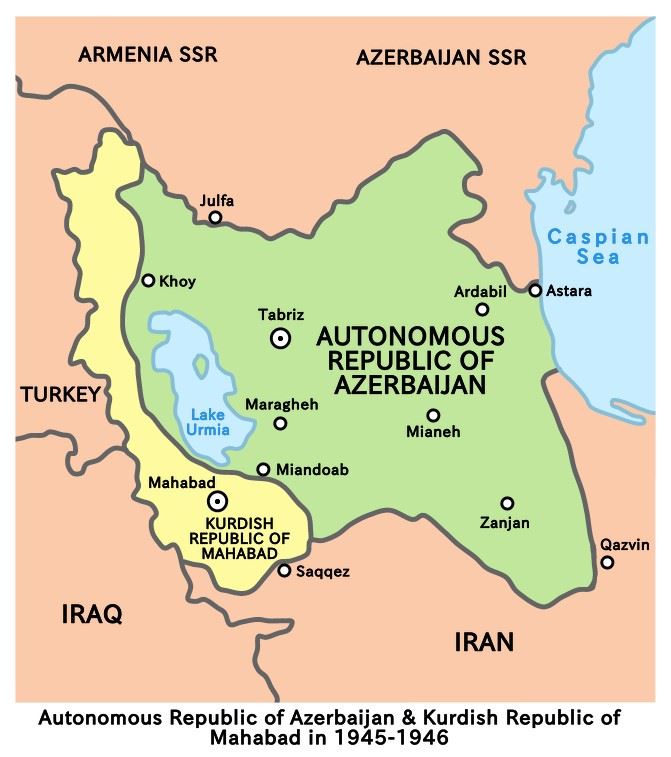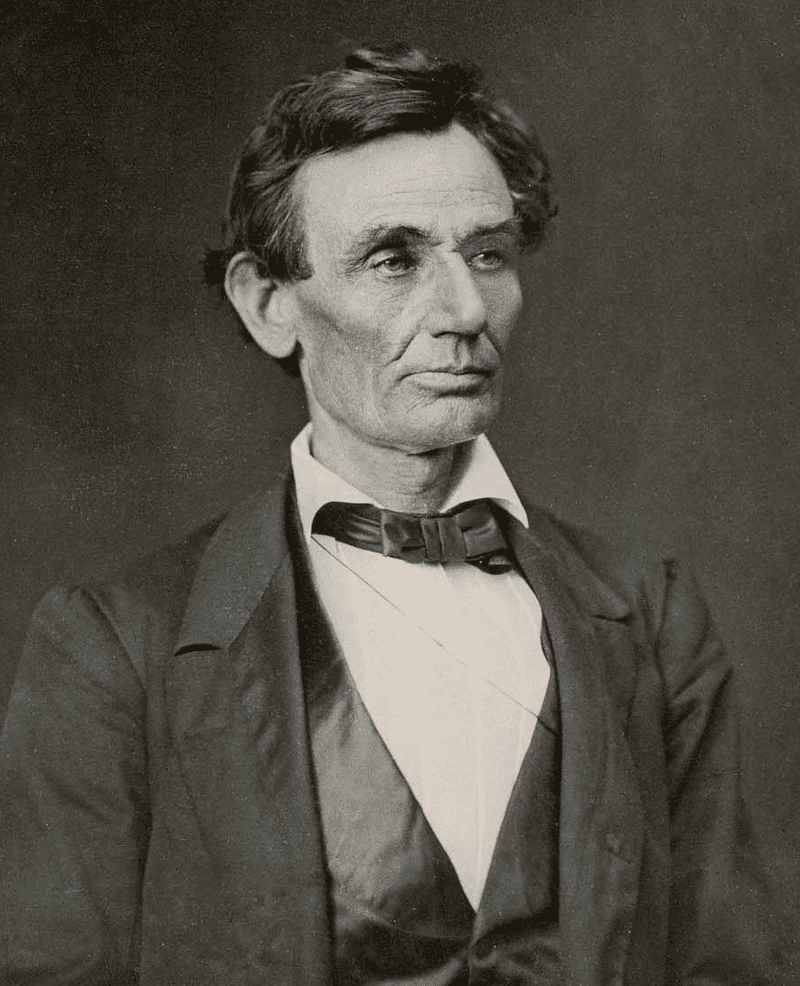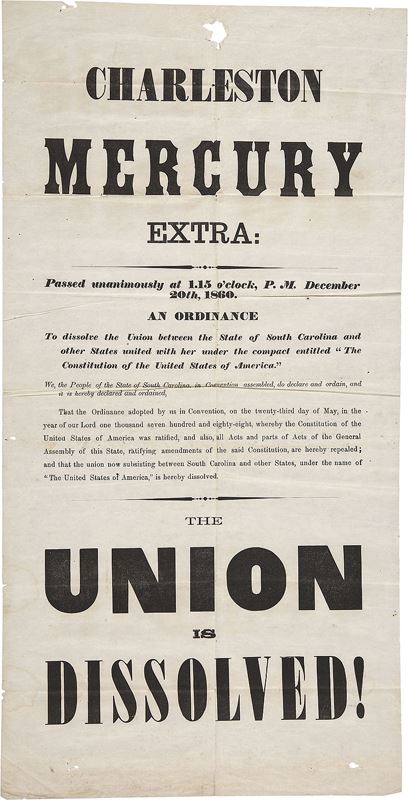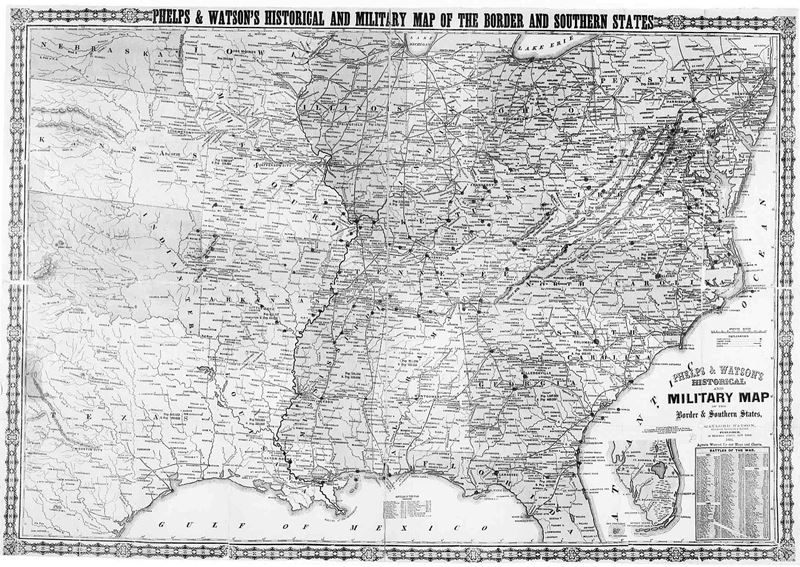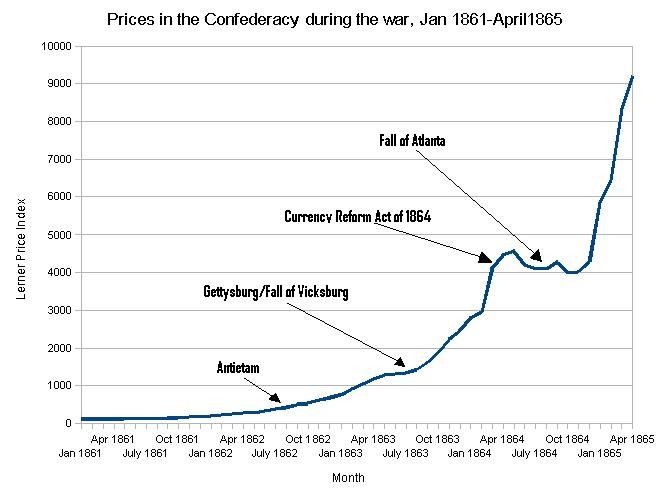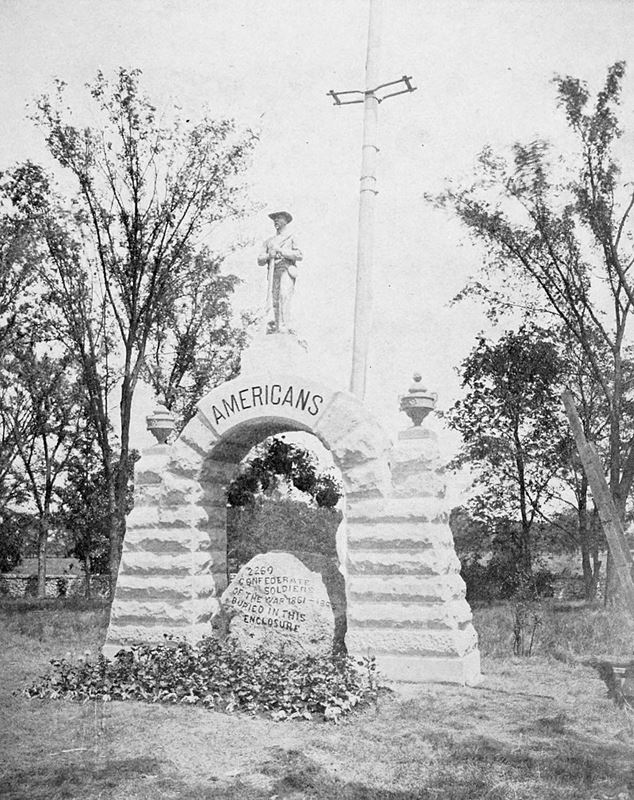The Iran crisis of 1946, also known as the Azerbaijan Crisis (Persian: غائله آذربایجان, romanized: Qaʾilih Âzarbâyjân) in the Iranian sources, was one of the first crises of the Cold War, sparked by the refusal of Joseph Stalin’s Soviet Union to relinquish occupied Iranian territory, despite repeated assurances. The end of World War II should have resulted in the end of the Allied joint occupation of Iran. Instead, pro-Soviet Iranians proclaimed the separatist Azerbaijan People’s Government[5] and the Kurdish separatist Republic of Mahabad. The United States pressure on the Soviet Union to withdraw is the earliest evidence of success with the new strategy of Truman Doctrine and containment.
In August–September 1941, Pahlavi Iran had been jointly invaded and occupied by the Allied powers of the Soviet Red Army in the north and by the British in the centre and south.[6] Iran was used by the Americans and the British as a transportation route to provide vital supplies to the Soviet Union’s war efforts.[6]
In the aftermath of the occupation of Iran, those Allied forces agreed to withdraw from Iran within six months after the cessation of hostilities.[6] However, when this deadline came in early 1946, the Soviets, under Joseph Stalin, remained in Iran. Soon, the alliance of the Kurdish and People’s Azerbaijani forces, supported in arms and training by the Soviet Union, engaged in fighting with Iranian forces,[1] resulting in a total of 2,000 casualties. Negotiation by Iranian premier Ahmad Qavam and diplomatic pressure on the Soviets by the United States eventually led to Soviet withdrawal and dissolution of the separatist Azeri and Kurdish states.

